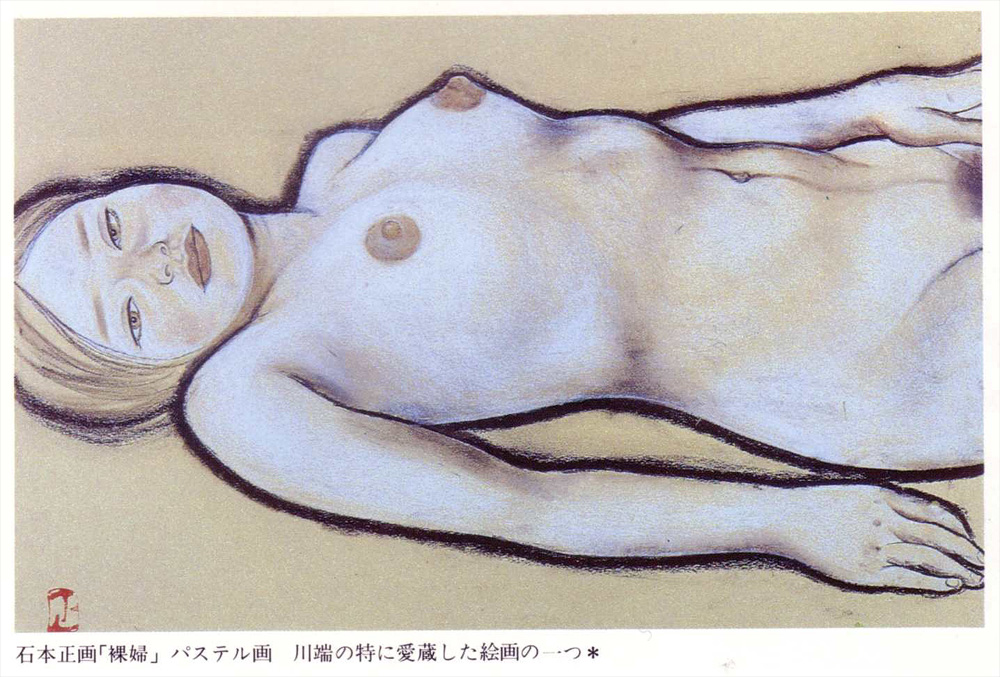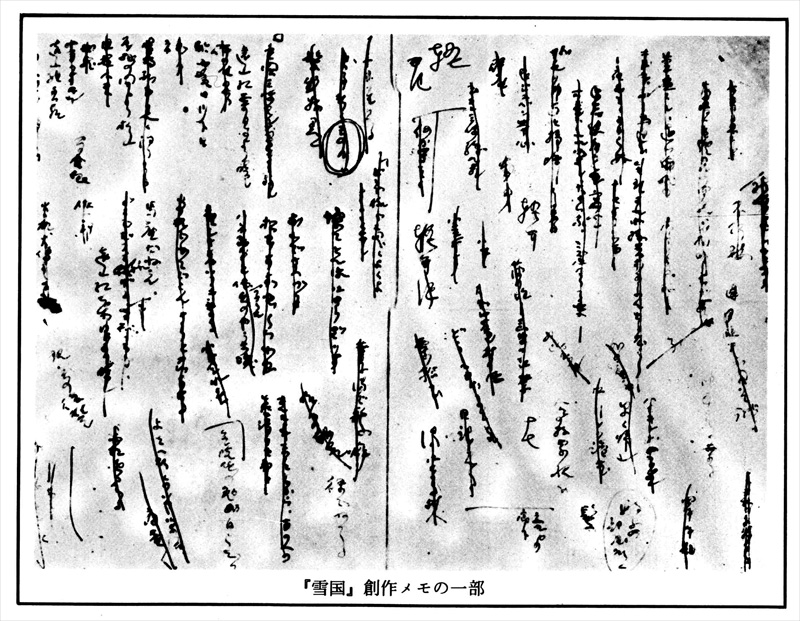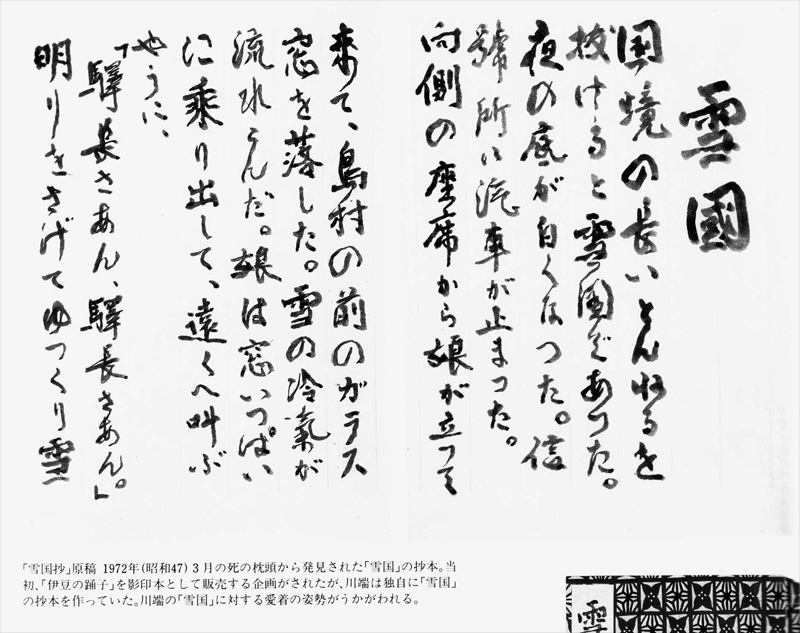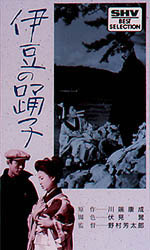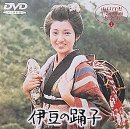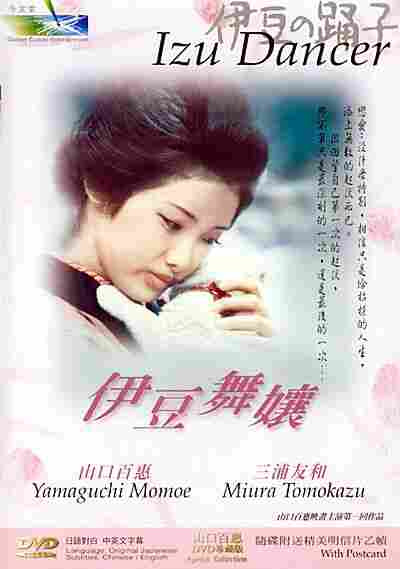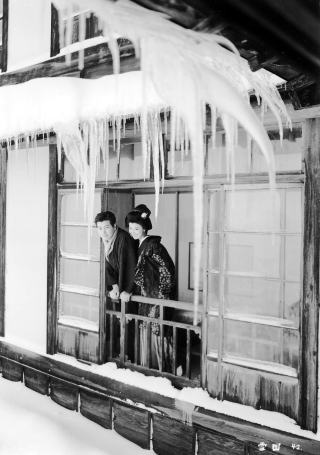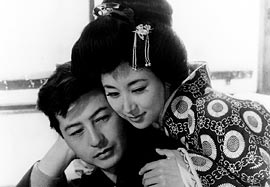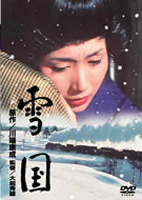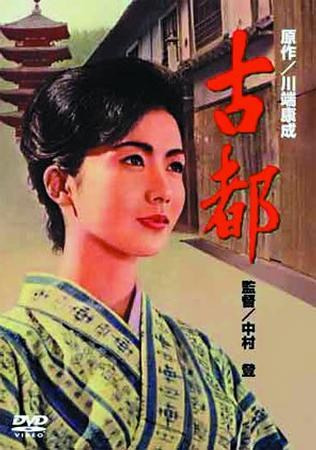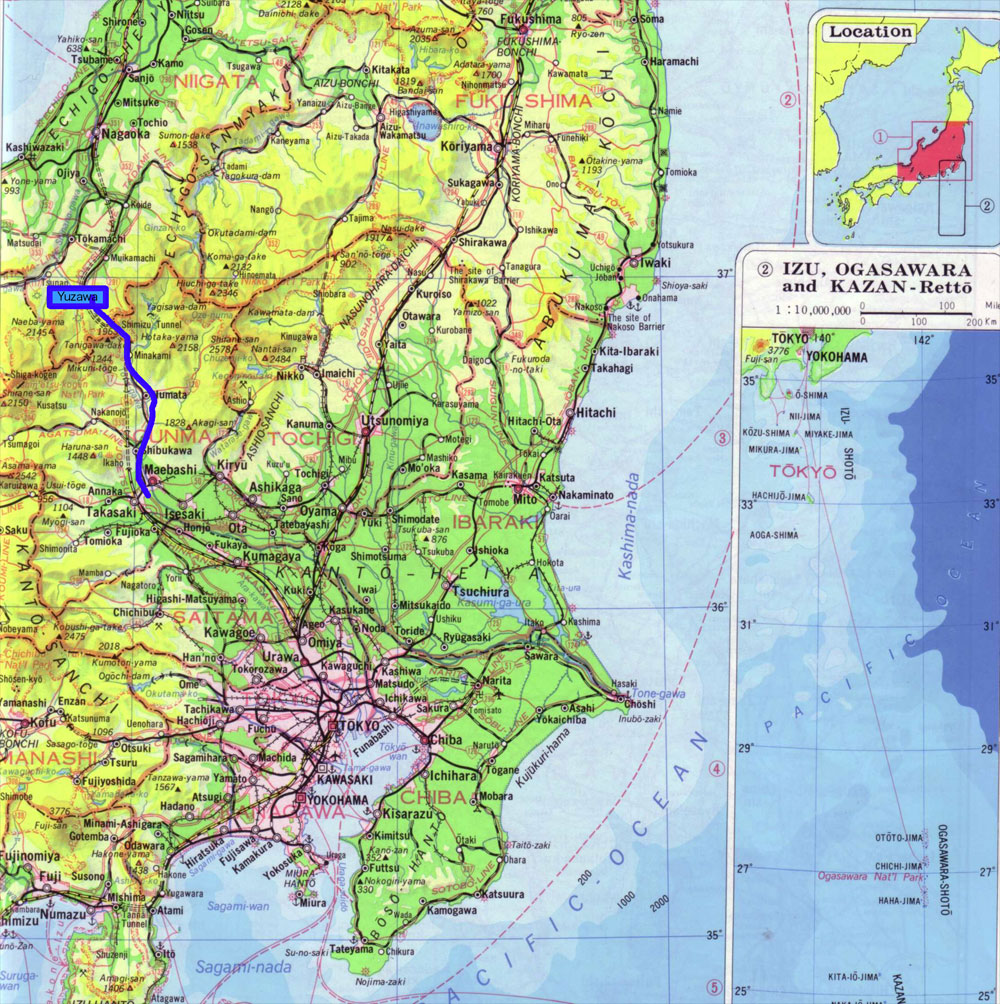
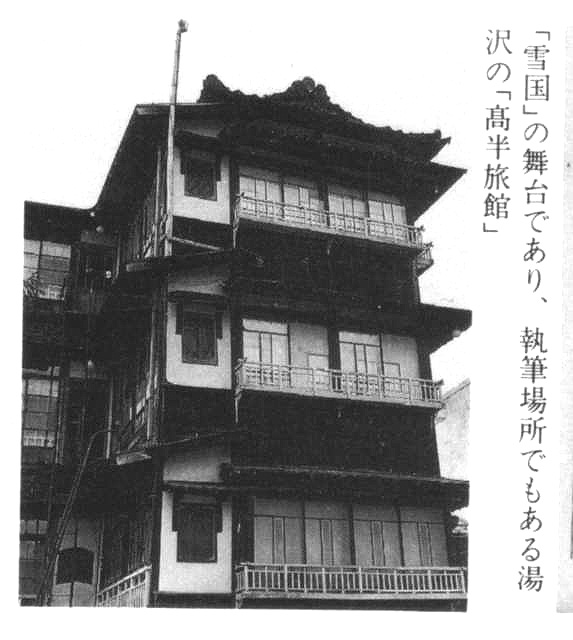
- The Takahan still exists, though it is remodeled. It has preserved, however, Kawabata's room as it was when he stayed there. Go here to see a picture of that room, part of Takahan's website (in Japanese).
- Yuzawa maintains a bilingual web site. The photo gallery portion of this site gives an excellent sense for the mountains that Kawabata continually refers to. Go here.
- Yuzawa has a yearly "Miss Komako" contest. Go here to see recent winners.
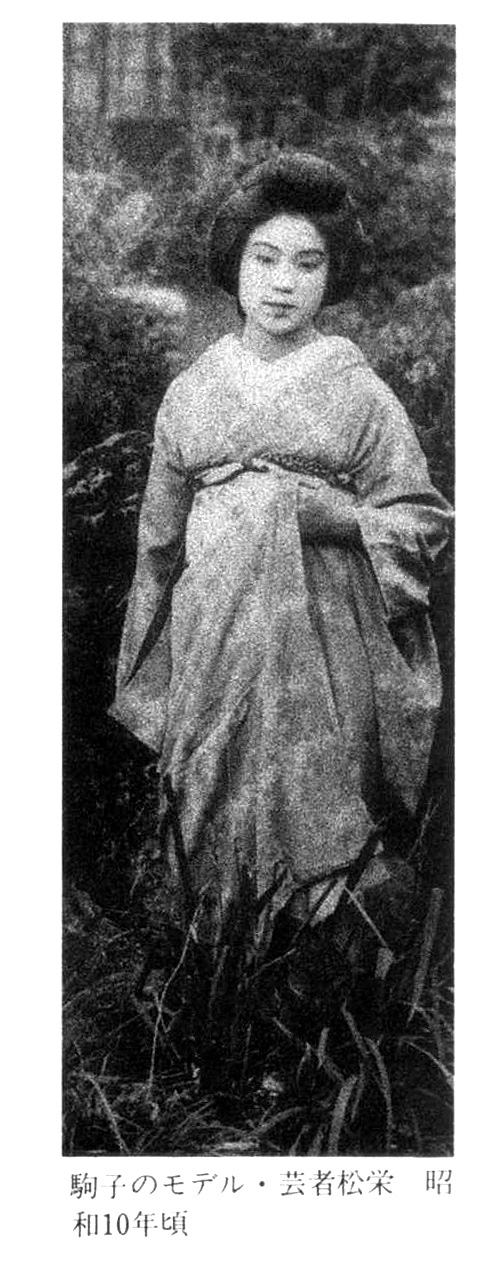
The geisha Matsue (松栄) who was Kawabata's model for Komako. Matsue, by the way, lived to the age of 99. Her original name was Kodaka (小高キク).
